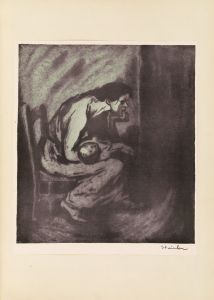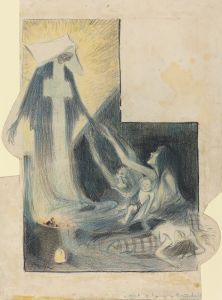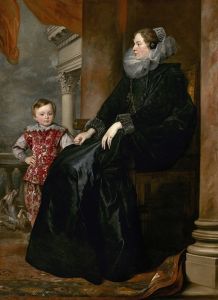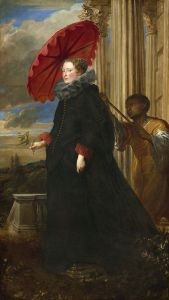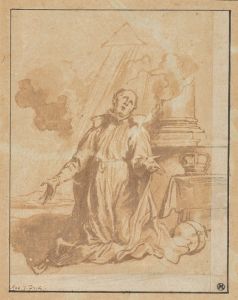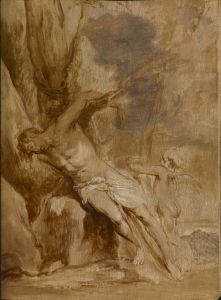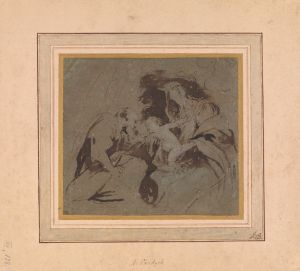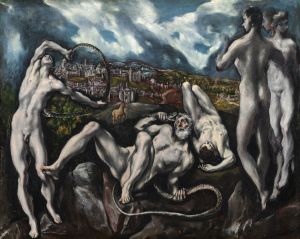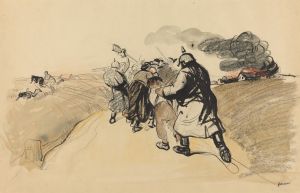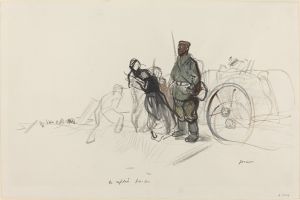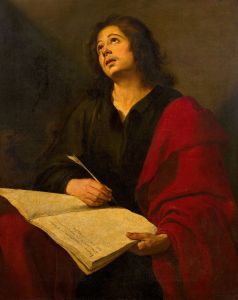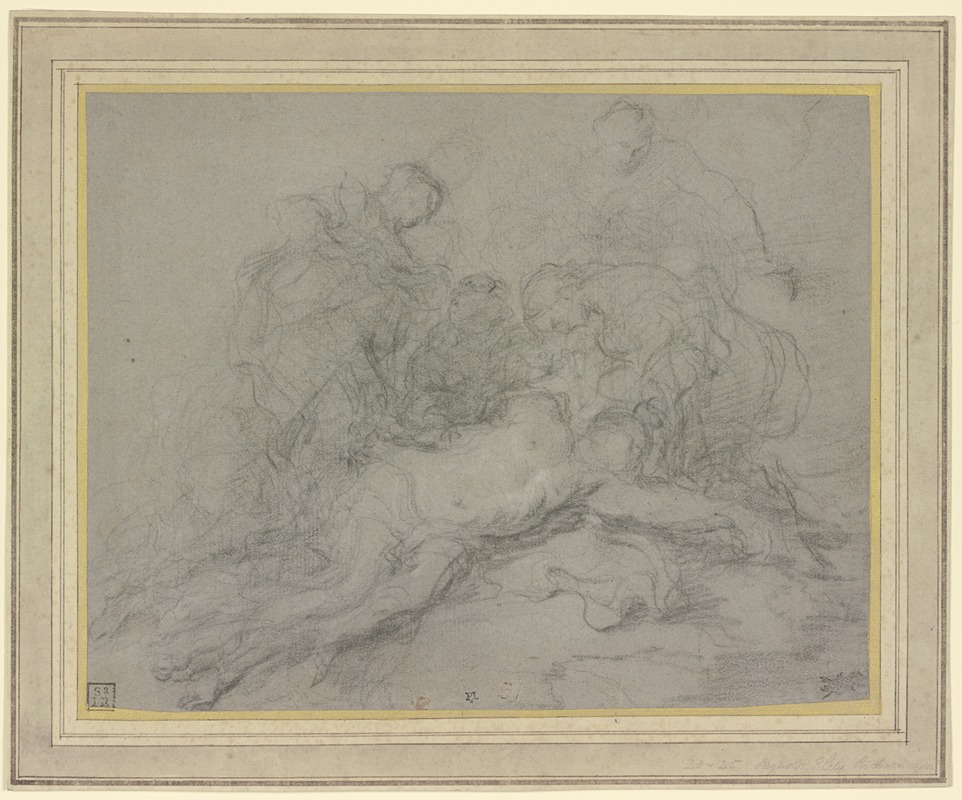
Lamentation of Christ
A hand-painted replica of Anthony van Dyck’s masterpiece Lamentation of Christ, meticulously crafted by professional artists to capture the true essence of the original. Each piece is created with museum-quality canvas and rare mineral pigments, carefully painted by experienced artists with delicate brushstrokes and rich, layered colors to perfectly recreate the texture of the original artwork. Unlike machine-printed reproductions, this hand-painted version brings the painting to life, infused with the artist’s emotions and skill in every stroke. Whether for personal collection or home decoration, it instantly elevates the artistic atmosphere of any space.
Anthony van Dyck's "Lamentation of Christ" is a significant work by the renowned Flemish Baroque artist, who is best known for his portraits and religious compositions. Van Dyck, a prominent figure in 17th-century European art, was a leading student of Peter Paul Rubens and developed a distinctive style that combined the grandeur of the Baroque with a more refined and elegant approach.
The painting "Lamentation of Christ" depicts the poignant scene following the crucifixion of Jesus, a subject that has been a central theme in Christian art for centuries. This work captures the moment when Christ's body is mourned by his followers, a scene that is rich in emotional depth and religious significance. Van Dyck's interpretation of this biblical event is notable for its dramatic use of light and shadow, a technique that enhances the emotional intensity of the scene.
In "Lamentation of Christ," Van Dyck employs a composition that draws the viewer's eye towards the central figure of Christ, whose lifeless body is surrounded by figures of mourning. The Virgin Mary, often depicted in such scenes, is shown in a state of deep sorrow, her expression conveying the profound grief of a mother who has lost her son. Other figures typically include Mary Magdalene and John the Evangelist, each contributing to the narrative of mourning and devotion.
Van Dyck's mastery of color and texture is evident in the way he renders the figures' garments and the flesh tones of Christ's body. The use of rich, deep colors adds to the somber mood of the painting, while the careful attention to detail in the depiction of facial expressions and gestures enhances the emotional realism of the scene. The artist's skillful handling of paint creates a sense of movement and life, even in a scene centered on death.
The "Lamentation of Christ" reflects Van Dyck's ability to convey complex human emotions and his deep understanding of religious themes. His work often explored the interplay between divine and human experiences, and this painting is no exception. It serves as a testament to his ability to evoke empathy and reflection in the viewer, inviting contemplation on themes of sacrifice, loss, and redemption.
While specific details about the commission or the exact date of creation for "Lamentation of Christ" may not be well-documented, the painting is consistent with Van Dyck's broader body of work during his mature period. His religious paintings were highly sought after by patrons across Europe, and his influence extended beyond his lifetime, impacting subsequent generations of artists.
Today, Anthony van Dyck's "Lamentation of Christ" is appreciated not only for its artistic merit but also for its contribution to the rich tradition of religious art. It remains an important example of Van Dyck's ability to blend technical skill with emotional depth, making it a significant piece in the study of Baroque art and religious iconography.





